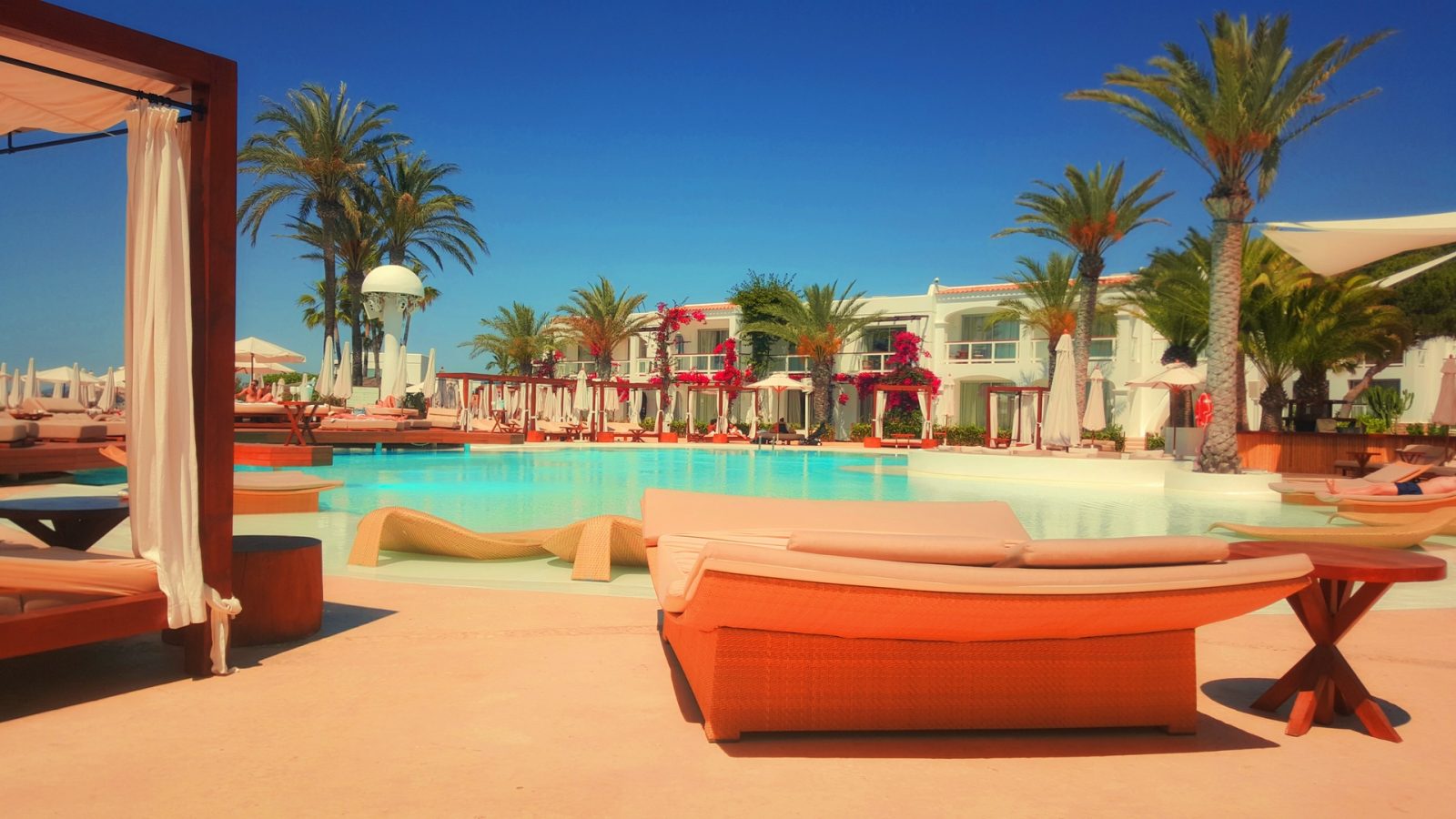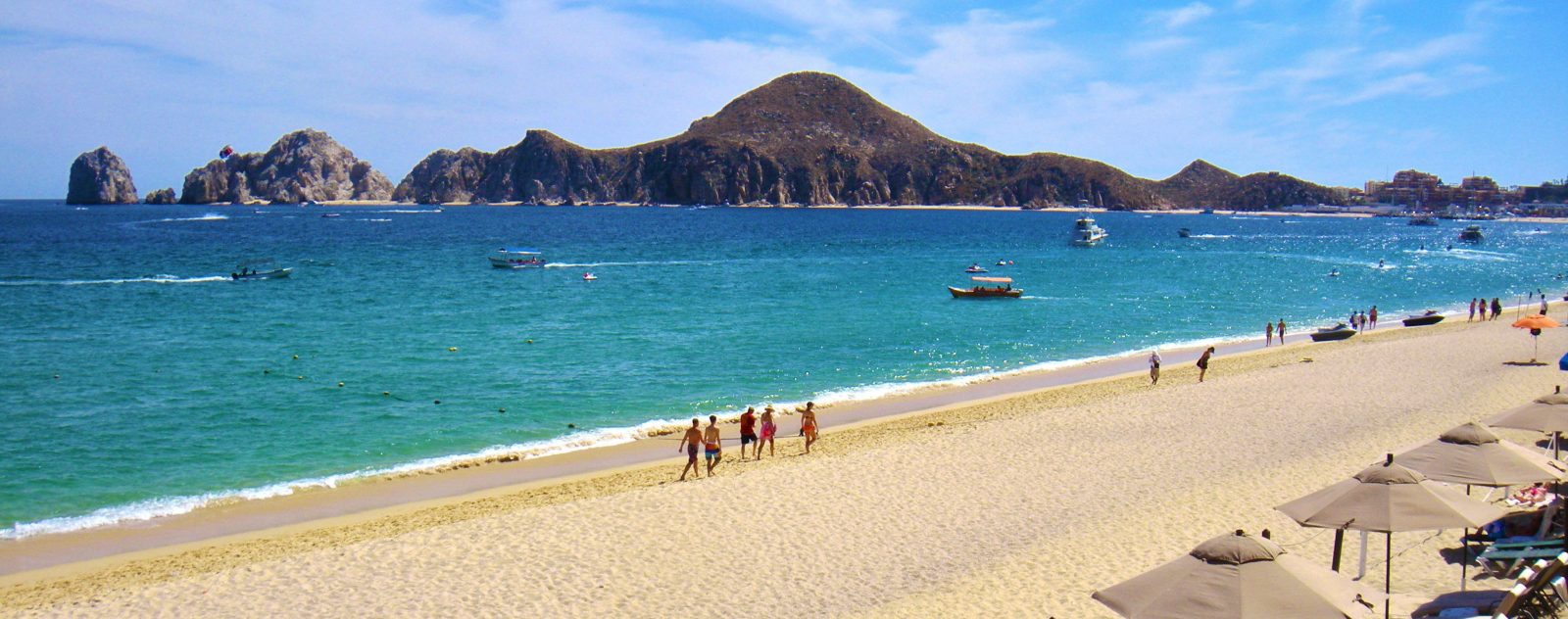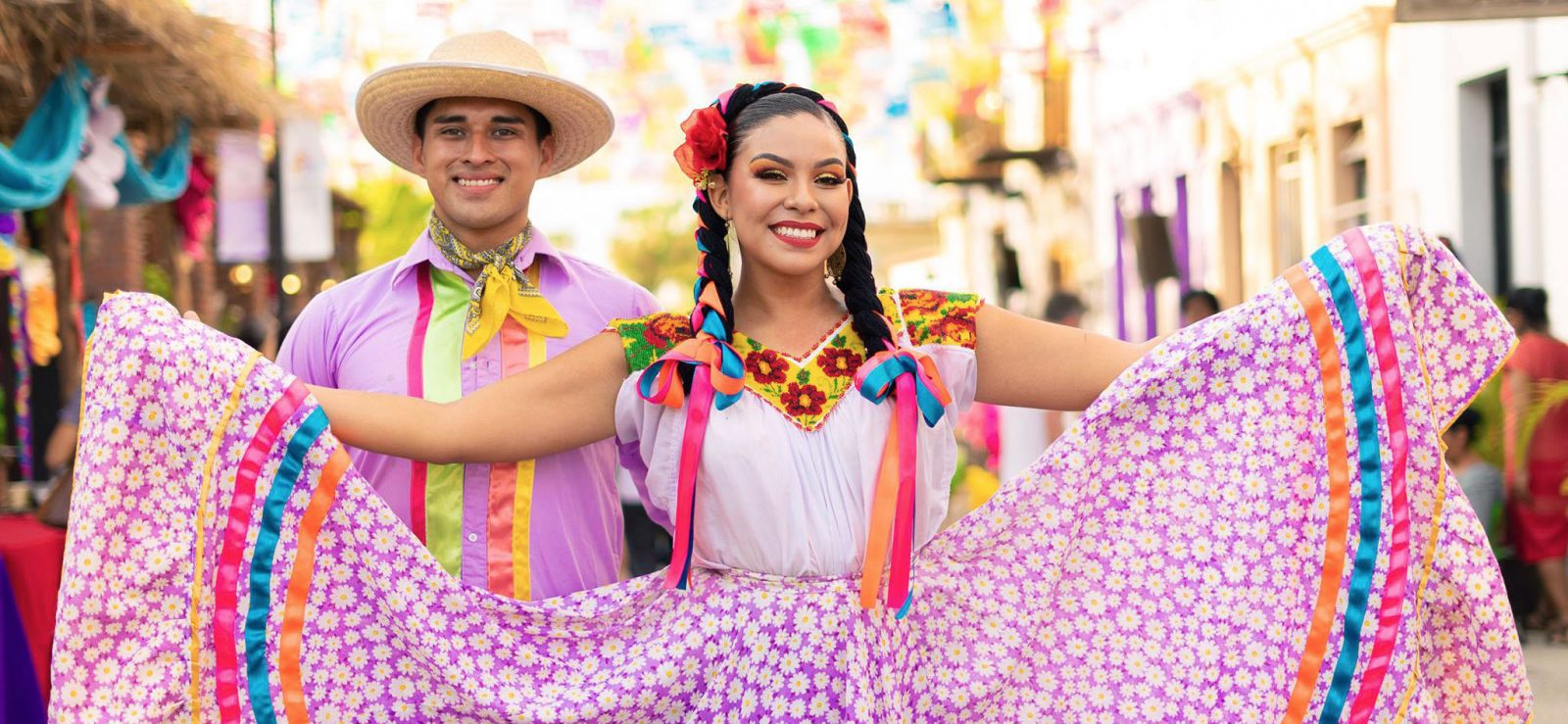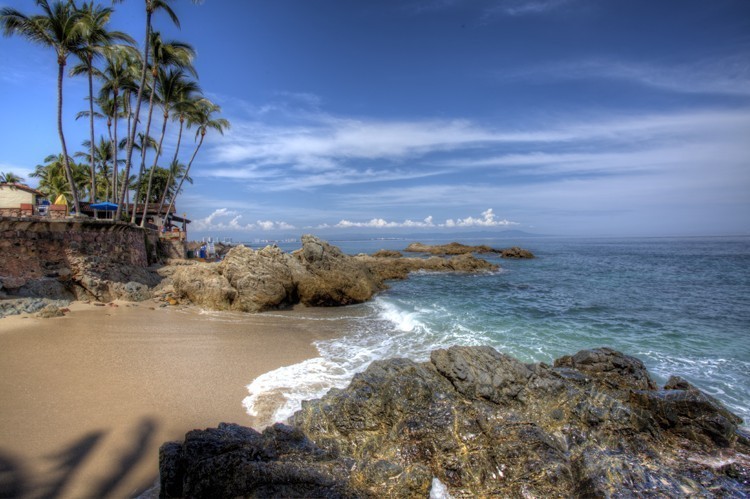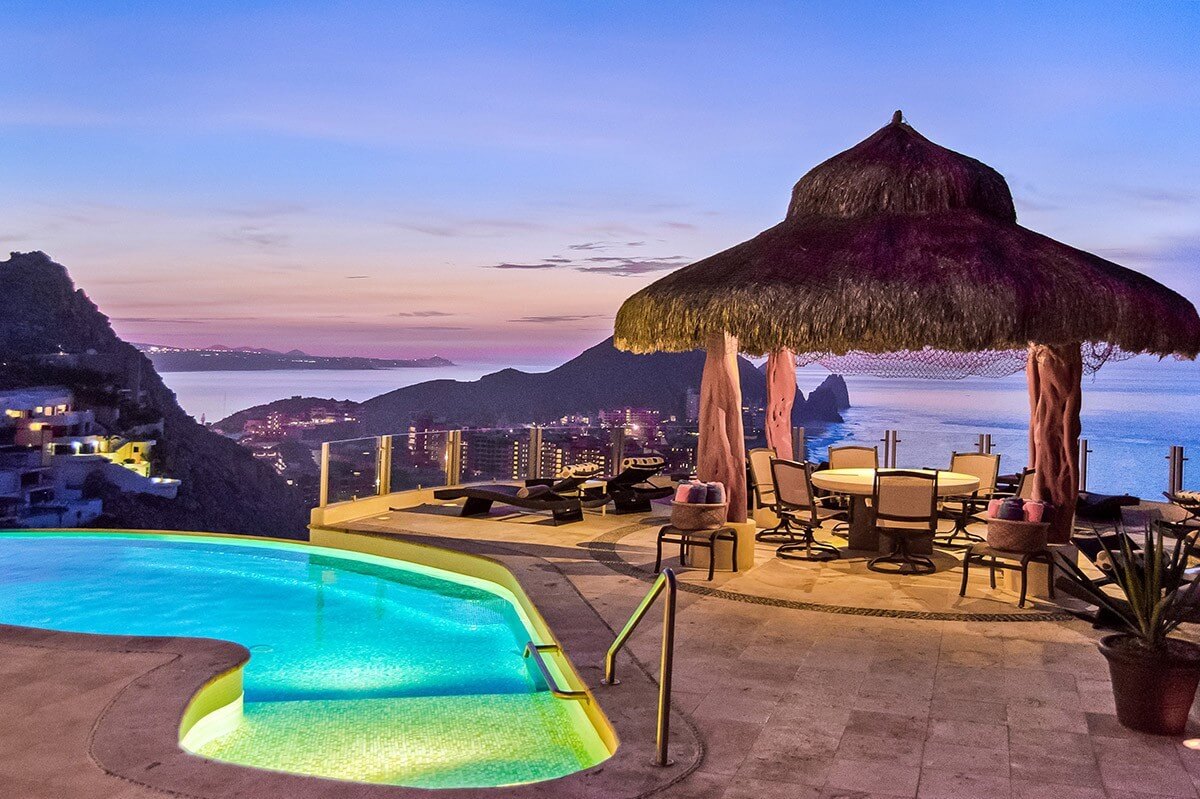Let Me Tell You About Tequila
Tequila (Spanish pronunciation: [teˈkila]) is a Blue Agave-based spirit made primarily in the area surrounding the city of Tequila, 65 kilometres (40 mi) northwest of Guadalajara, and in the highlands (Los Altos) of the western Mexican state of Jalisco.
Types of tequila
There are two basic categories of tequila: mixtos and 100% agave. Mixtos use up to 49% of other sugars in the fermentation process, with agave taking up the remainder. Mixtos use both glucose and fructose sugars.
With 100% agave tequila, blanco or plata is harsher with the bold flavors of the distilled agave up front, while reposado and añejo are smoother, subtler, and more complex. As with other spirits that are aged in casks, tequila takes on the flavors of the wood, while the harshness of the alcohol mellows. The major flavor distinction with 100% agave tequila is the base ingredient, which is more vegetal than grain spirits (and often more complex).
Tequila is usually bottled in one of five categories:[7]
Blanco (“white”) or plata (“silver”) – white spirit, un-aged and bottled or stored immediately after distillation, or aged less than two months in stainless steel or neutral oak barrels;
Joven (“young”) or oro (“gold”) – is the result of blending Silver Tequila with Reposado and/or Añejo and/or extra Añejo Tequila;
Reposado (“rested”) – aged a minimum of two months, but less than a year in oak barrels;
Añejo (“aged” or “vintage”) – aged a minimum of one year, but less than 3 years in oak barrels;
Extra Añejo (“extra aged” or “ultra aged”) – aged a minimum of three years in oak barrels. This category was established in March 2006.
This information originally appeared at Wikipedia.org (http://creativecommons.org/licenses/by-sa/3.0/).
For additional information contact: Dave at
www.pourmasters.com.


